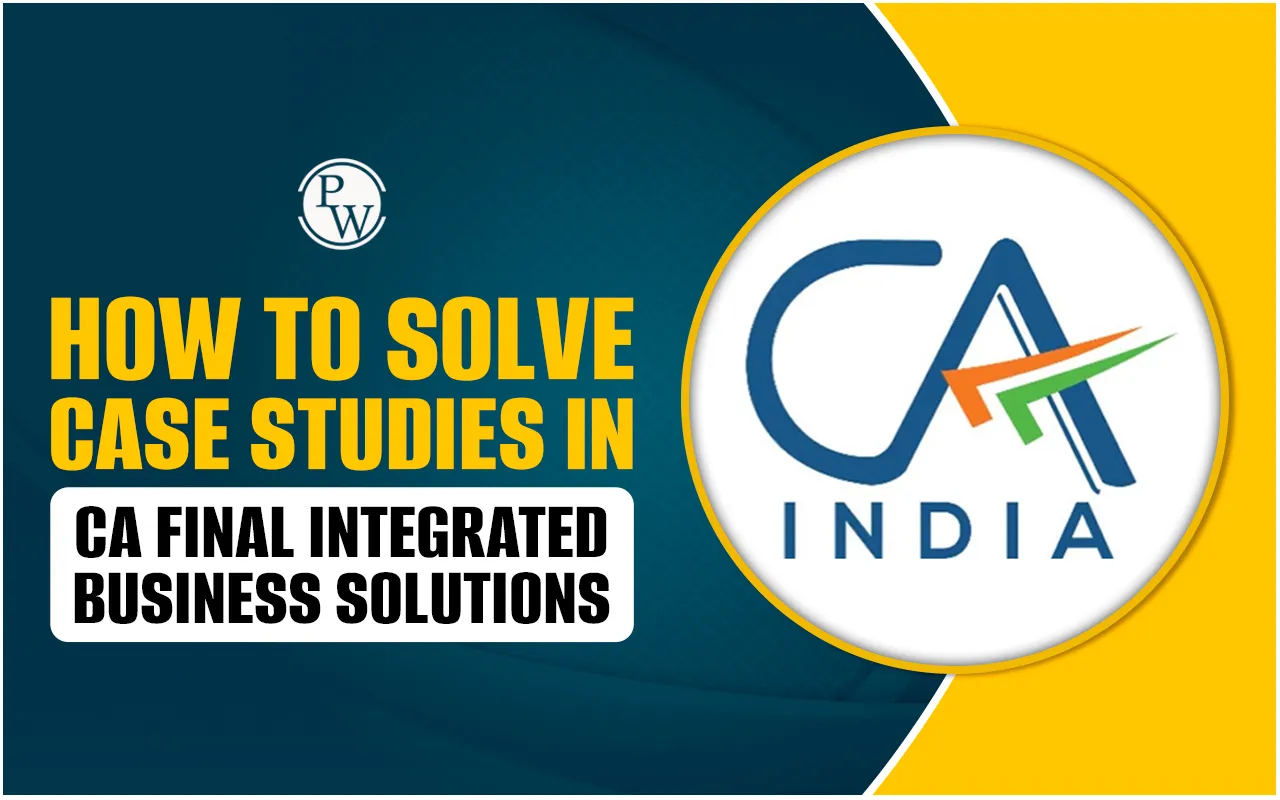

CA Final IFRS vs Ind AS: When students prepare for the CA Final exam, one important topic that students often focus on is CA Final IFRS vs Ind AS. These two accounting frameworks play a major role in how businesses record, present, and disclose their financial information. Below, we will break down both systems, explain their purpose, and highlight the CA Final IFRS vs Ind AS differences clearly.
What is Ind AS?
Ind AS means Indian Accounting Standards. These are simple accounting rules made official by the Ministry of Corporate Affairs (MCA) and created by the Institute of Chartered Accountants of India (ICAI). They give a clear and uniform way for companies in India to prepare and share their financial reports, matching global standards, but also keeping in mind how businesses work in India.
Key Points about Ind AS:
- This is issued by the ICAI through the Accounting Standards Board.
- It is mandatory for all listed companies in India, unlisted companies with a net worth above ₹500 crore, and NBFCs with a net worth between ₹250 crore and ₹500 crore.
- It is based largely on IFRS practices with some modifications to suit Indian requirements.
What is IFRS?
IFRS means International Financial Reporting Standards. These are a set of common accounting rules used by companies all over the world to prepare and present their financial statements in a consistent way. They are developed by the International Accounting Standards Board (IASB) and are currently followed in more than 168 countries, helping make financial reports clear and comparable across different nations.
Key Points about IFRS:
- This is issued by the IASB.
- It is used in countries across Europe, Asia, Africa, and other regions.
- It mainly focuses on making financial statements comparable across countries.
- It plays a major role in IFRS conversion, ICAI work, as professionals often need to guide companies moving from Ind AS to IFRS.
Key Difference Between IFRS vs Ind AS
Below, we’ve mentioned the Ind AS vs IFRS comparison that is important for CA Final students. Understanding these differences is important for the CA Final IFRS vs Ind AS exam questions and case studies:
| Difference Between Ind AS and IFRS | ||
| Criteria | Ind AS | IFRS |
| Issuing Body | ICAI (India) | IASB (International) |
| Applicability | India-specific companies as per MCA rules | Companies in 168+ countries |
| Basis | Converged with IFRS but with local changes | Original global standards |
| Components of Financial Statements | Balance Sheet, Profit & Loss, Cash Flows, Statement of Changes in Equity, Notes, Disclosure of Accounting Policies | Statement of Financial Position, Profit & Loss, Cash Flows, Statement of Changes in Equity, Notes |
| Revenue Recognition | Under Ind AS 115, revenue may be recognised at a different time based on contract completion | Under IFRS 15, revenue is recognised over the contractual service period if applicable |
| Inventory Valuation | Follows cost or net realisable value, with guidance tailored for Indian market conditions | Similar cost or NRV basis but follows strictly international measurement principles |
| Lease Accounting | Ind AS 116 is aligned with IFRS 16 but has carve-outs for certain Indian contexts | IFRS 16 applied without local carve-outs |
| Financial Instruments | Ind AS 109 aligns with IFRS 9 but has differences in classification and impairment | IFRS 9 applied fully as per global standards |
| First-time Adoption | Ind AS 101 provides specific exemptions for Indian companies | IFRS 1 provides global first-time adoption guidelines without India-specific provisions |
For CA Final IFRS vs Ind AS preparation, Students should remember that while both aim to improve transparency and comparability but the main differences are in their issuing bodies, applicability, and certain technical adjustments. Understanding the Ind AS vs IFRS comparison not only helps students in exams but also in real-world accounting roles, especially in IFRS conversion ICAI projects for companies working with international partners.
CA Final IFRS vs IND AS FAQs
What is the main difference between IFRS and Ind AS?
Why is CA Final IFRS vs Ind AS important for exams?
What is the IFRS conversion ICAI?
Are Ind AS and IFRS completely different?













